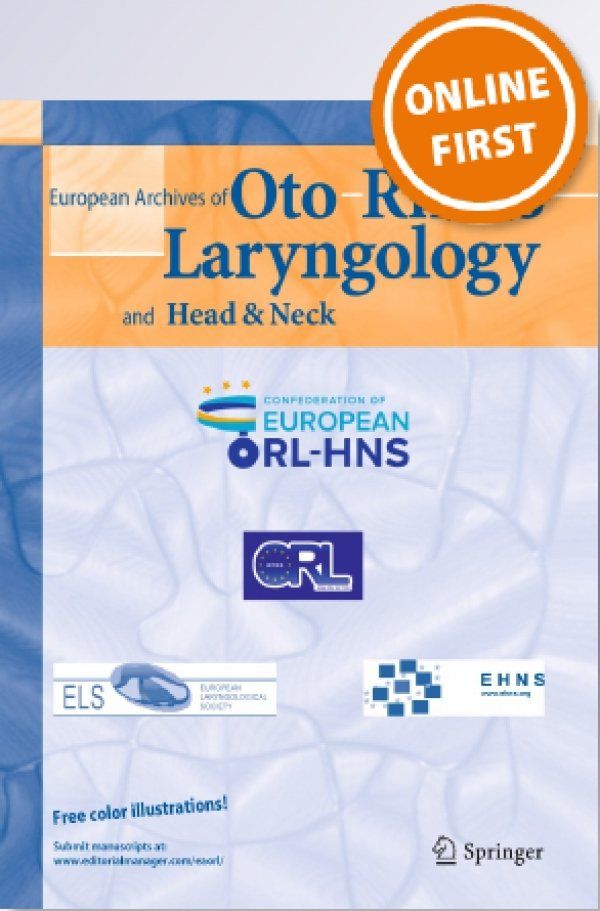Incomplete and false tract insertions in cochlear implantation: retrospective review of surgical and auditory outcomes
Abstract
OBJECTIVE:
To evaluate incidence, demographics, surgical, and radiological correlates of incomplete and false tract electrode array insertions during cochlear implantation (CI). To evaluate outcomes in patients with incomplete electrode insertion (IEI).
STUDY DESIGN:
Retrospective analysis.
SETTING:
Otology and skull base center.
PATIENTS AND METHODS:
Charts of 18 patients (19 ears) with incomplete or false tract insertions of the electrode array were evaluated who underwent CI, with at least 1 year follow-up (from 470 cases). Demographic findings, etiologies, pre-operative radiologic findings, operative records, post-operative plain radiographic assessment for extent of electrode insertion, and switch-on mapping were evaluated. Audiological outcomes were evaluated using maximum and last recorded vowel, word, sentence, and comprehension scores for patients with IEI.
RESULTS:
Incidence of insertional abnormalities was 4.25% with 17 instances of incomplete and 2 cases of insertion into superior semicircular canal. Mean age and duration of deafness were 55.18 ± 4.62 and 22.12 ± 5.71 years. Etiologies in the IEI group were idiopathic, otosclerosis, meningitis, chronic otitis media (COM), temporal bone fractures, and Neurofibromatosis-2. 29.4% cases had cochlear luminal obstruction. Mean radiological and active electrophysiological length of insertion was 20.49 ± 0.66 and 19.49 ± 0.88 mm, respectively. No significant correlation was observed between audiological outcomes and insertional length except in time to achieve maximum word scores (p = 0.04). Age at implantation had significant correlations with last recorded word and comprehension scores at mean follow-up of 42.9 months, and with time to achieve maximum auditory scores.
CONCLUSIONS:
IEI during cochlear implantation using straight electrodes can occur with or without cochlear luminal obstruction. Age plays an important role in the auditory rehabilitation in this patient subset.


